About me
I'm learning front-end development at Codecademy. I'm currently enrolled in Front-End Engineer career path. In this portfolio I collected some of the projects which I created on my own using HTML, CSS, JavaScript, React, Redux, TypeScript and Angular.
I found web development when I was looking for the way to change my profession to more intellectual, demanded and well-paid one. Though I don't have a commercial experience of developing websites, I love creating solutions to problems and taking deep dives into projects improving and making them work.
In my spare time I like to listen to music, play guitar and cook cakes and pies.

Projects
Reddit-client
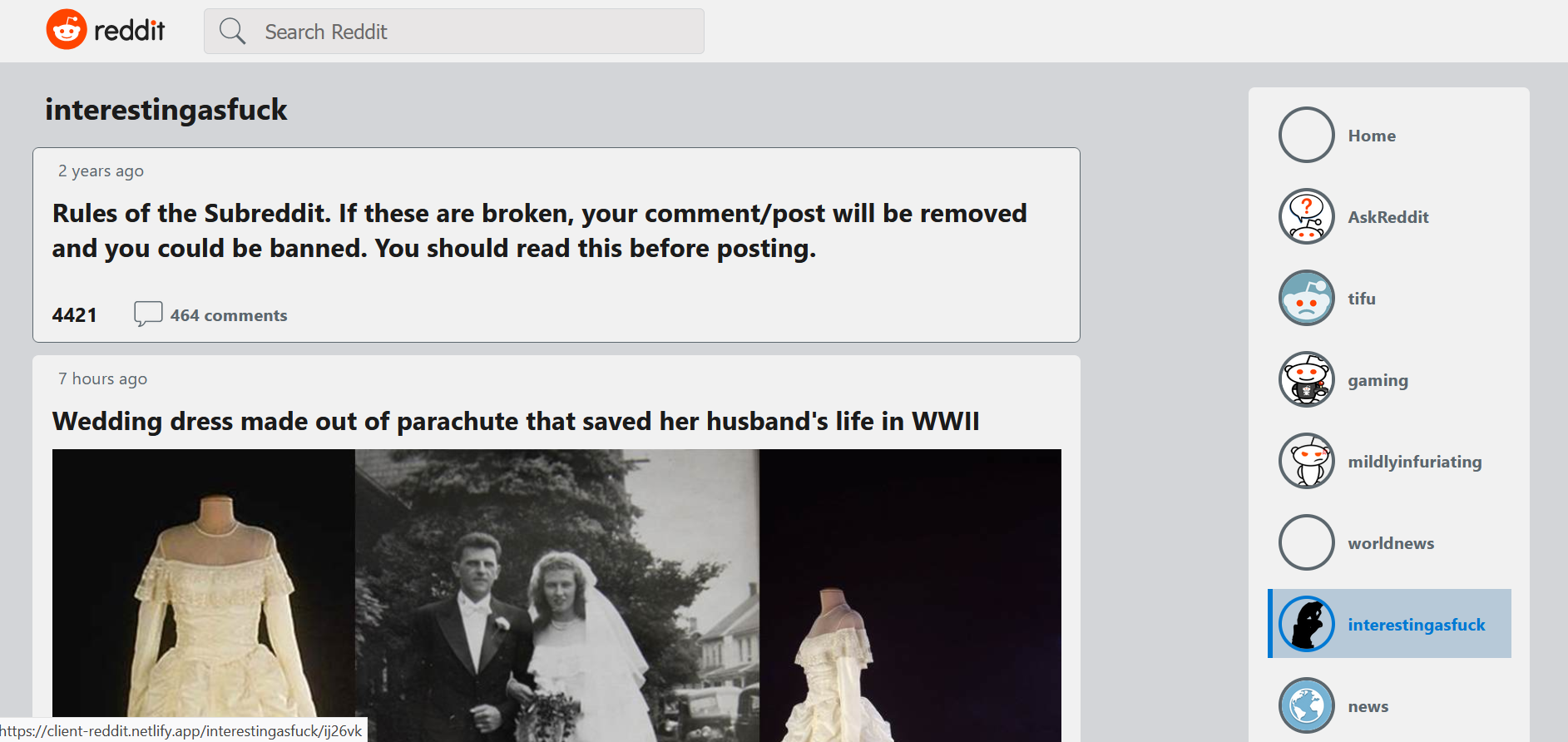
This web application uses the Reddit API to allow users to view and search posts and comments provided by the API. I built this project using React, and then made the same with Angular. Also I practiced working with React Router, Redux, TypeScript and writing tests using Jest and React testing library.
Planning poker
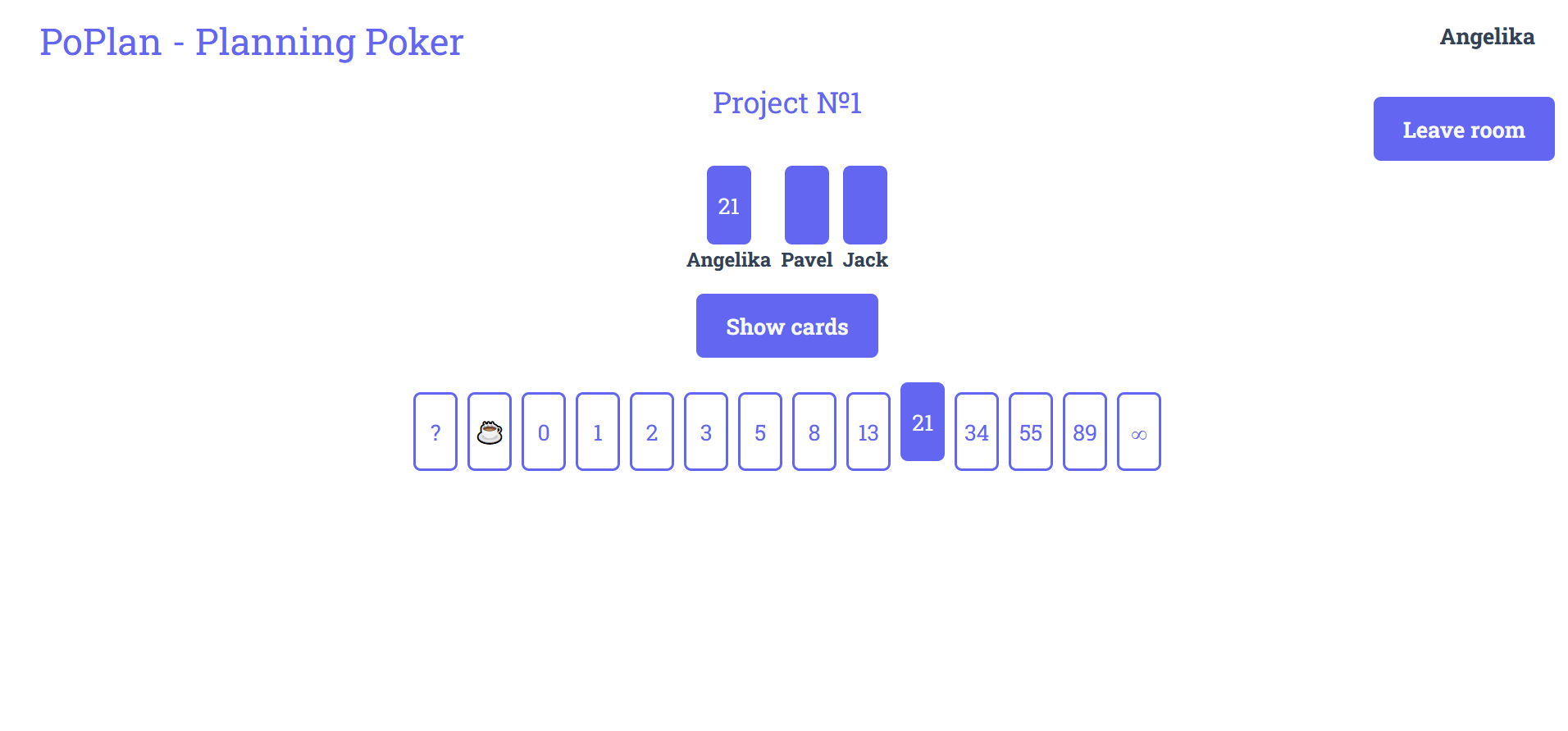
This web application allows to use planning poker for estimating of tasks' complexity during the work on the project. I built this project using React, Redux and TypeScript, and then made the same with Angular. I also used WebSocket to display real-time changes.
Spotify-client

This React web application uses the Spotify API to allows users to search the Spotify library, create a custom playlist, then save it to their Spotify account. It's the first React app which I created under the guidance of Codecademy.
Pickbird puzzles
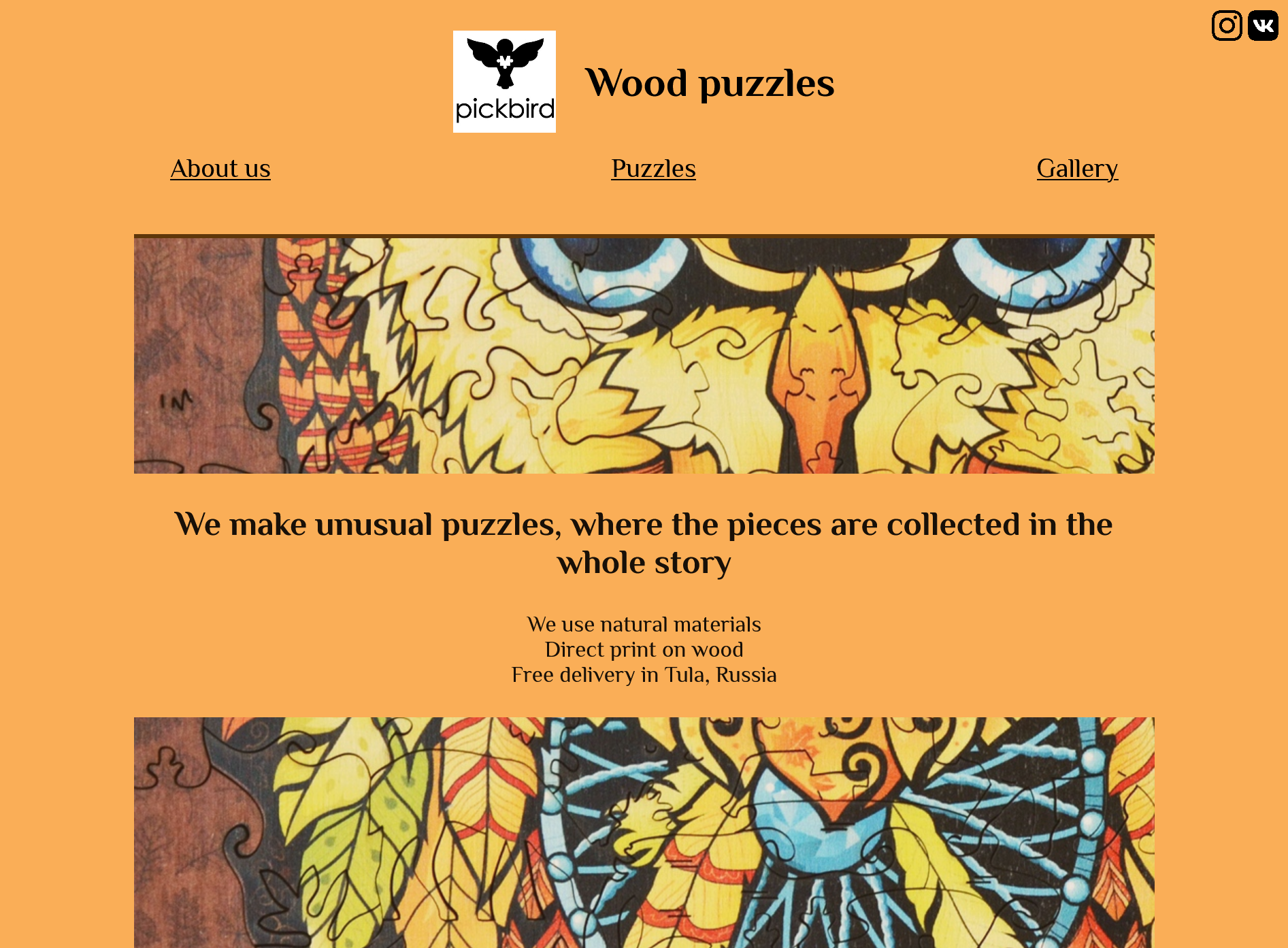
This HTML/CSS project is a company home page that was inspired by the puzzles which my friends made. Designed and developed by me.
Tamino fan community
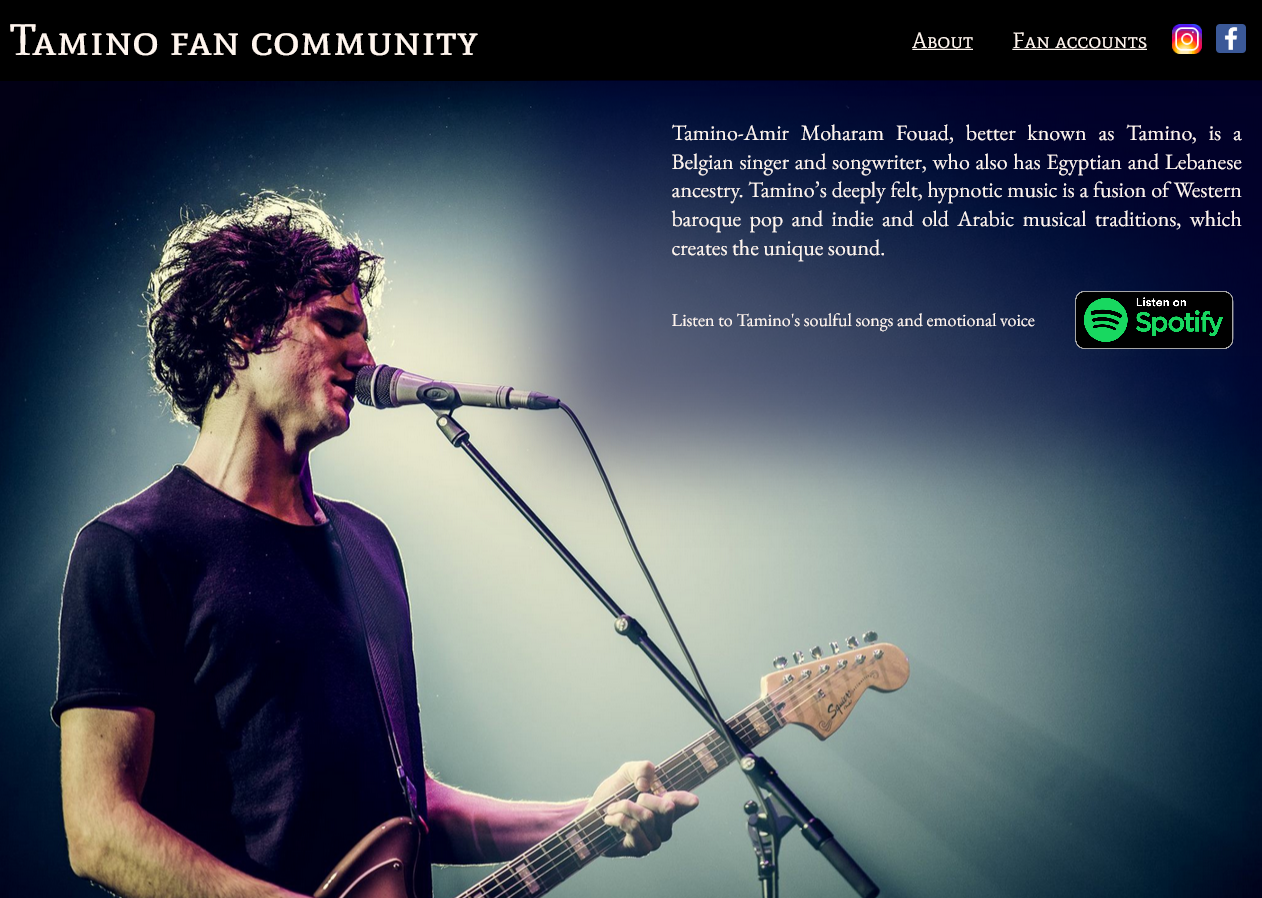
This HTML/CSS project is dedicated to the fan community of singer-songwriter Tamino. Designed and developed by me.
Tea cozy

The layout for this HTML/CSS project was designed by Codecademy and developed by me to learn responsive design.
Credit card checker
JavaScript solution for Luhn algorithm, series of mathematical calculations used to validate certain identification numbers, e.g. credit card numbers.
Besides the function using Luhn algorithm for validating credit card numbers, this code also contains some helpful functions for optimizing the verification process to handle multiple credit cards at a time:
- the function that checks through an array of card numbers for which numbers are invalid, and return an array of invalid cards;
- the function that returns an array of companies which have issued these invalid numbers;
- the function that accepts a string and converts it into an array of numbers to make it easier to test credit card numbers;
- the function that converts invalid numbers into valid numbers.
Mysterious organism
JavaScript solution for a very interesting task on Codecademy. Mysterious organism is the fictional organism found by scientists at the bottom of the ocean. This project contains factory function to create objects that simulate the DNA of this organism for the research.
Objects created with this factory function have some methods useful for the research:
- the method simulating the high rate of mutation that randomly selects a base in the object’s DNA and changes the current base to a different base;
- the method that compares two objects and computes the percentage of DNA the two objects have in common;
- the method computing if an object has likelier chance of survival (if its DNA is made up of at least 60% 'C' or 'G' bases);
- the method that returns the complementary DNA strand.
Also I declared and tested the function that creates 30 instances of this organism and store them in an array. And in the end I created the algorithm to find the two most related instances.
Find your hat
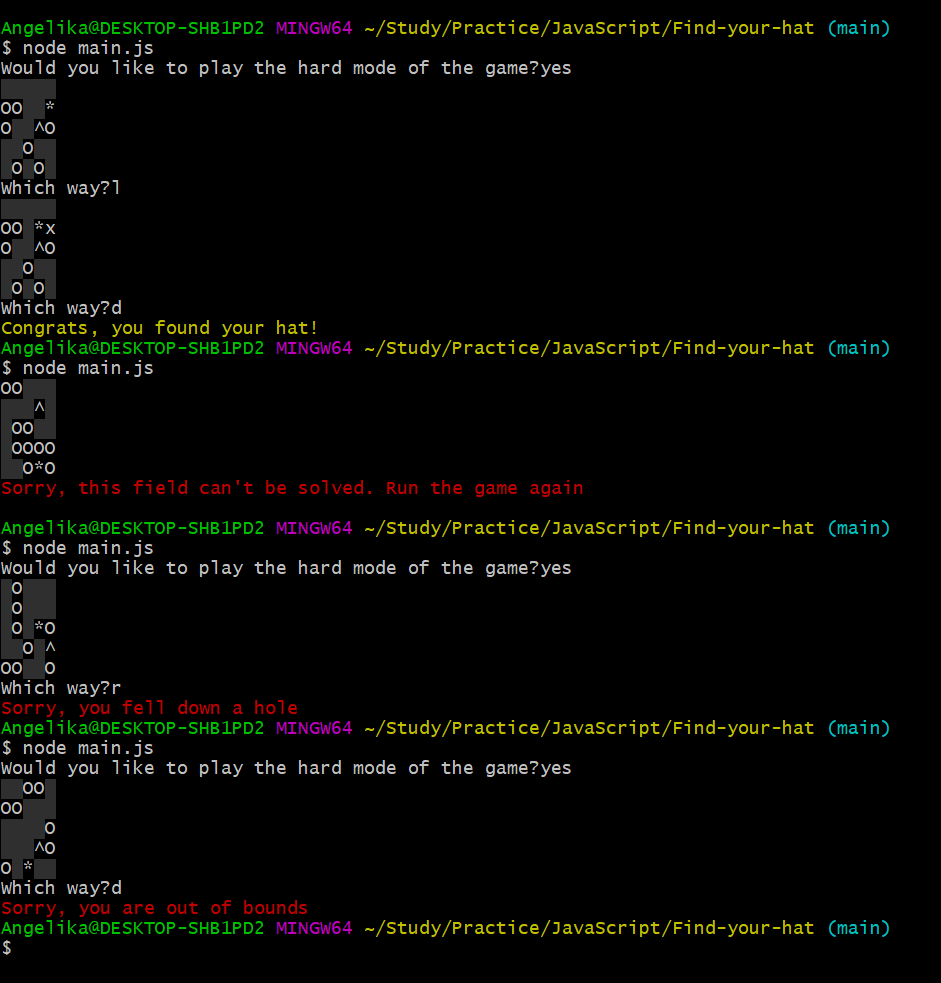
The interactive terminal game built using JavaScript and Node.js. The scenario is that the player must navigate in the field full of holes to find their hat without falling down one of the holes or stepping outside of the field.
Users are prompted for input to indicate which direction they'd like to move. The field of the game is always generated randomly. Besides the main game scenario the code also contains following extensions.
- The generated field is always checked by the field validator to ensure that the field can actually be solved. It was based on the Hoshen–Kopelman algorithm for labeling clusters on a grid.
- A user can also play the game in the hard mode when one more hole is added after every three turns. Every time a new hole is added, the field is checked for passability again.